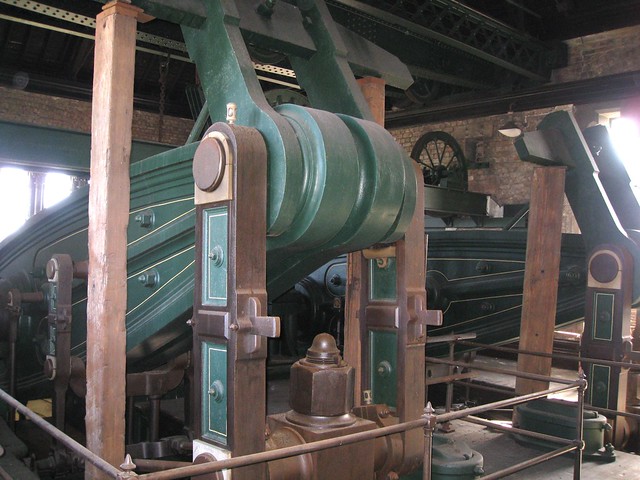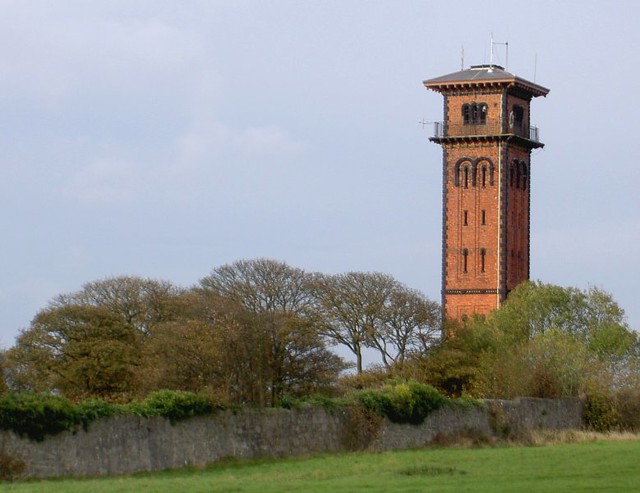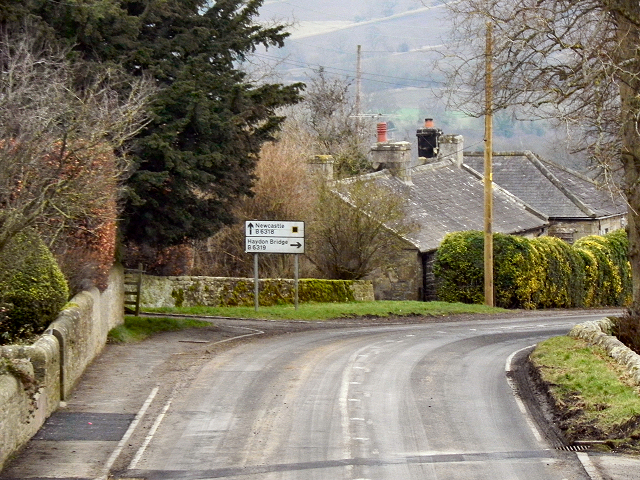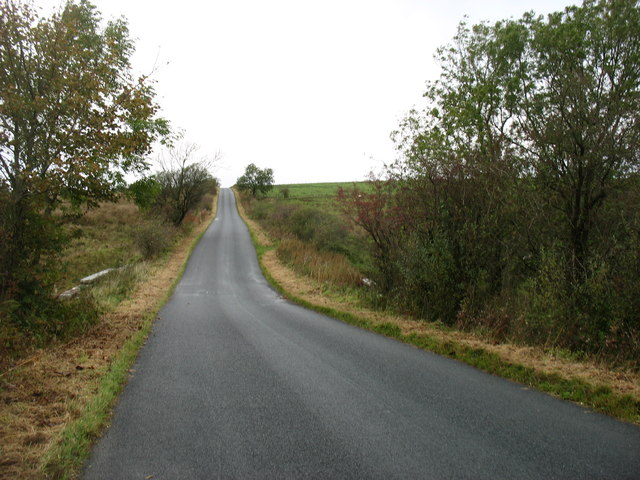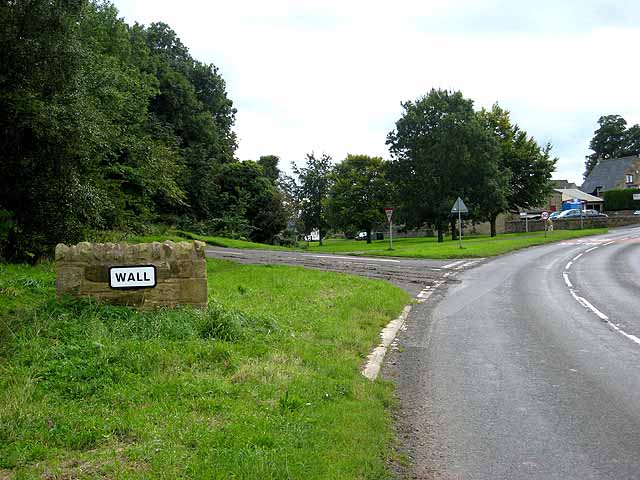Topics > Landmarks, Parks and Buildings > Victorian Pumping Stations
Victorian Pumping Stations
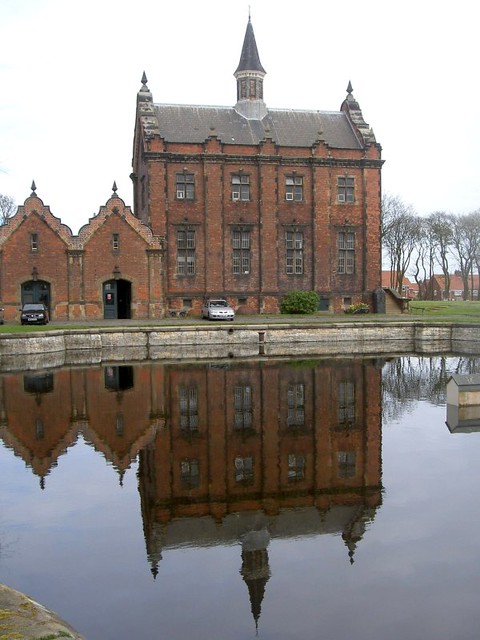 Pumping stations contributed to the provision of clean drinking water and sewage improvements, which led to major advances in public health, following the typhoid and cholera epidemics of the early Victorian era, which were caused by contamination of water supplies. Many of the pumping stations built around Britain at this time were designed by civil engineer Thomas Hawksley (1807-1893). His first was in Nottingham, being the first permanent supply of water under pressure to a large urban area. Hawksley contributed to the Royal Commission inquiry into the State of Large Towns and Populous Districts (1844-1845) which led to better sanitation and living conditions. As well as their important function, the Gothic-style pumping stations are architecturally notable, and many are now listed buildings on the National Heritage List for England. There are many surviving examples of Hawksley's pumping stations, some still in operation. Examples in the North East of England are Ryhope Pumping Station (II* listed and now a museum), Cleadon Water Tower (the remaining part of a pumping station), Dalton Pumping Station, and Fulwell Pumping Station.
Pumping stations contributed to the provision of clean drinking water and sewage improvements, which led to major advances in public health, following the typhoid and cholera epidemics of the early Victorian era, which were caused by contamination of water supplies. Many of the pumping stations built around Britain at this time were designed by civil engineer Thomas Hawksley (1807-1893). His first was in Nottingham, being the first permanent supply of water under pressure to a large urban area. Hawksley contributed to the Royal Commission inquiry into the State of Large Towns and Populous Districts (1844-1845) which led to better sanitation and living conditions. As well as their important function, the Gothic-style pumping stations are architecturally notable, and many are now listed buildings on the National Heritage List for England. There are many surviving examples of Hawksley's pumping stations, some still in operation. Examples in the North East of England are Ryhope Pumping Station (II* listed and now a museum), Cleadon Water Tower (the remaining part of a pumping station), Dalton Pumping Station, and Fulwell Pumping Station.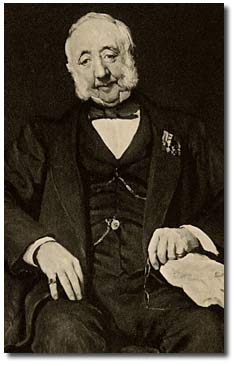
from https://www.nottingham.ac.uk/…
Thomas Hawksley (1807-1893)
- Article, Nottingham University, Manuscripts and Special Collections. "Hawksley was the son of a worsted manufacturer in Arnold. In 1800 his father used the steam engine at his mill to grind …
Added by
Peter Smith
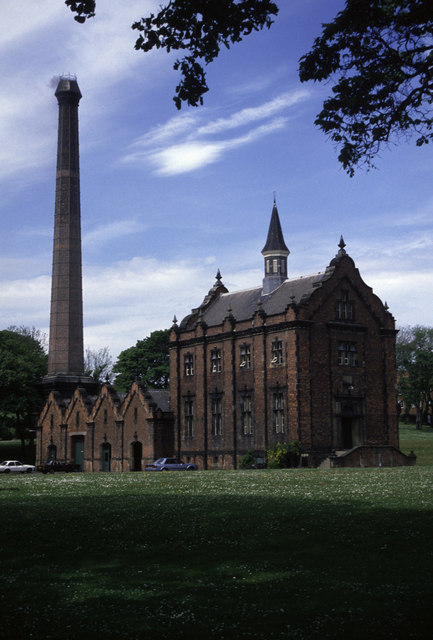
Co-Curate Page
Ryhope Engines Museum
- Overview About Ryhope Engines Museum Map Street View Ryhope Pumping Station was built in 1868 for the Sunderland & South Shields Water Company, to supply water to the Sunderland area. The …
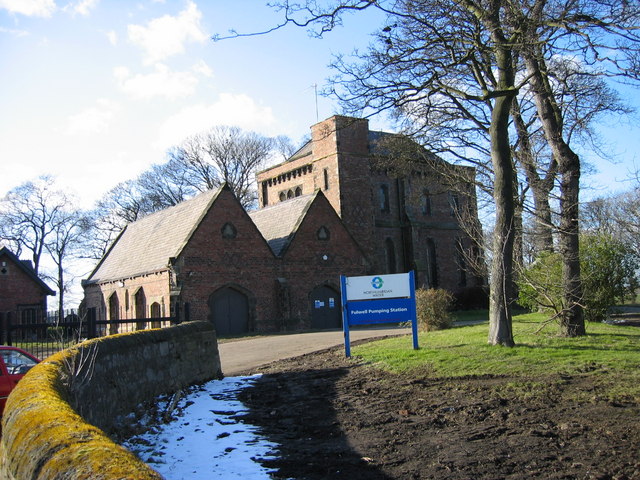
Co-Curate Page
Fulwell Pumping Station
- Overview Map Fulwell Pumping Station was built in 1853, designed by Thomas Hawksley. The water pumping station is located to the north of Fulwell, near Cut Throat Dean, which marks …
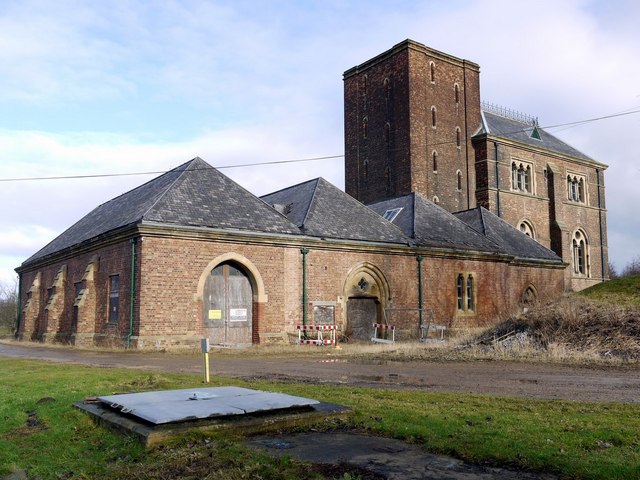
Co-Curate Page
Dalton Pumping Station
- Overview Map Street View Dalton Water Pumping Station was built 1873-1879 by Thomas Hawksley in Venetian Gothic Revival style.[1] It is located in Cold Hesledon, near Dalton-le-Dale. The engine house …
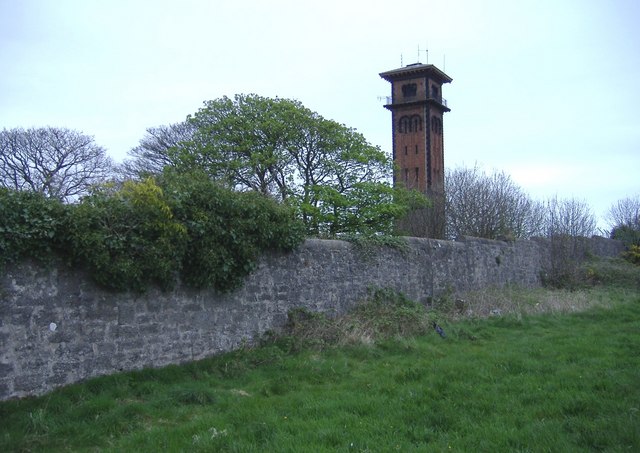
Co-Curate Page
Cleadon Water Tower
- Overview Detail Map Street View Cleadon Water Tower is a prominent landmark based on the Cleadon Hills. The chimney was for a Victorian steam-powered pumping station, built 1860 to 1862 …
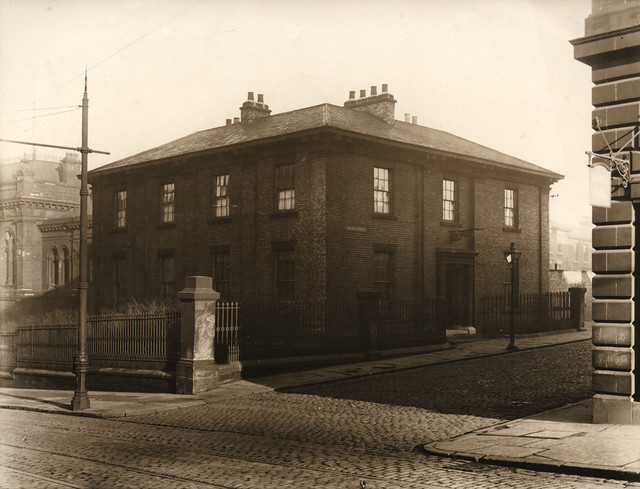
Co-Curate Page
Cholera
- Cholera is caused by infection with the bacterium Vibrio cholerae. It can result in diarrhoea and can rapidly lead to severe dehydration and death. History: Cholera became a worldwide problem …
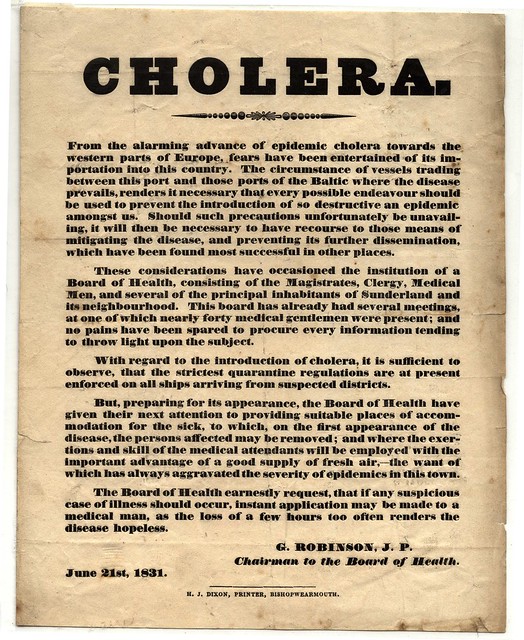
Co-Curate Page
Great Cholera Epidemic of 1831-2
- "In December 1831 the cholera commenced its ravages in Newcastle and Gateshead from which time up to March 1832 it had carried away 511 persons. The two towns were again …
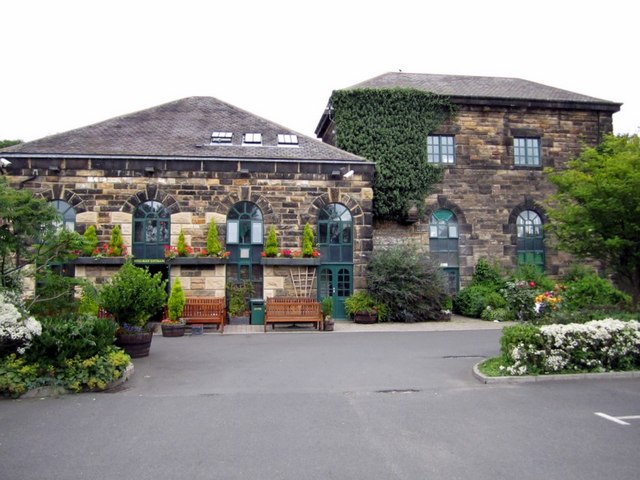
Co-Curate Page
The Keelman & Big Lamp Brewery, Newburn
- Overview Map Street View The Keelman public house & Big Lamp Brewery are located on Grange Road in Newburn. The buildings are a former Victorian water pumping station. The Big …


from https://www.nottingham.ac.uk/…
Thomas Hawksley (1807-1893)
- Article, Nottingham University, Manuscripts and Special Collections. "Hawksley was the son of a worsted manufacturer in Arnold. In 1800 his father used the steam engine at his mill to grind …
Added by
Peter Smith

Co-Curate Page
Ryhope Engines Museum
- Overview About Ryhope Engines Museum Map Street View Ryhope Pumping Station was built in 1868 for the Sunderland & South Shields Water Company, to supply water to the Sunderland area. The …

Co-Curate Page
Fulwell Pumping Station
- Overview Map Fulwell Pumping Station was built in 1853, designed by Thomas Hawksley. The water pumping station is located to the north of Fulwell, near Cut Throat Dean, which marks …

Co-Curate Page
Dalton Pumping Station
- Overview Map Street View Dalton Water Pumping Station was built 1873-1879 by Thomas Hawksley in Venetian Gothic Revival style.[1] It is located in Cold Hesledon, near Dalton-le-Dale. The engine house …

Co-Curate Page
Cleadon Water Tower
- Overview Detail Map Street View Cleadon Water Tower is a prominent landmark based on the Cleadon Hills. The chimney was for a Victorian steam-powered pumping station, built 1860 to 1862 …

Co-Curate Page
Cholera
- Cholera is caused by infection with the bacterium Vibrio cholerae. It can result in diarrhoea and can rapidly lead to severe dehydration and death. History: Cholera became a worldwide problem …

Co-Curate Page
Great Cholera Epidemic of 1831-2
- "In December 1831 the cholera commenced its ravages in Newcastle and Gateshead from which time up to March 1832 it had carried away 511 persons. The two towns were again …

